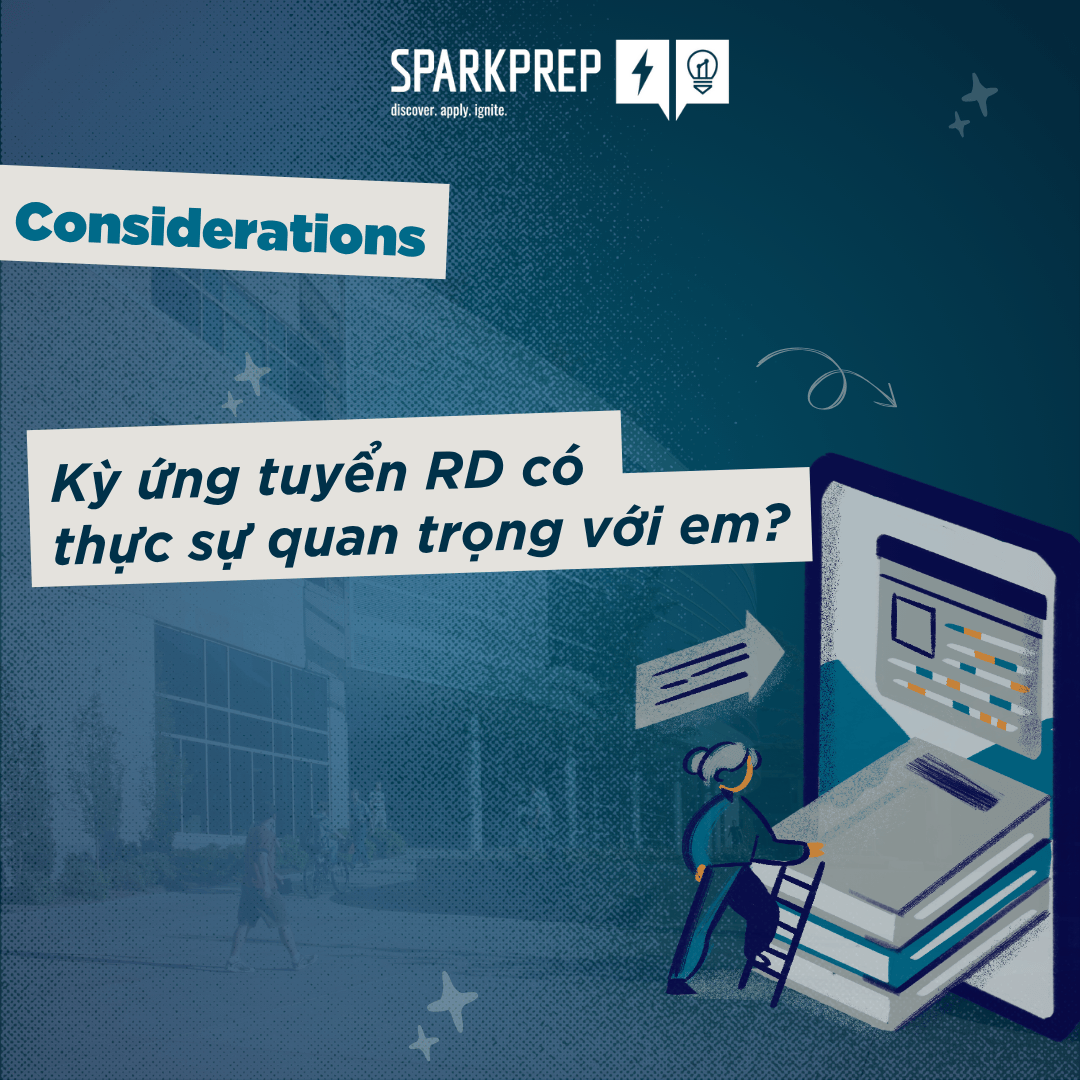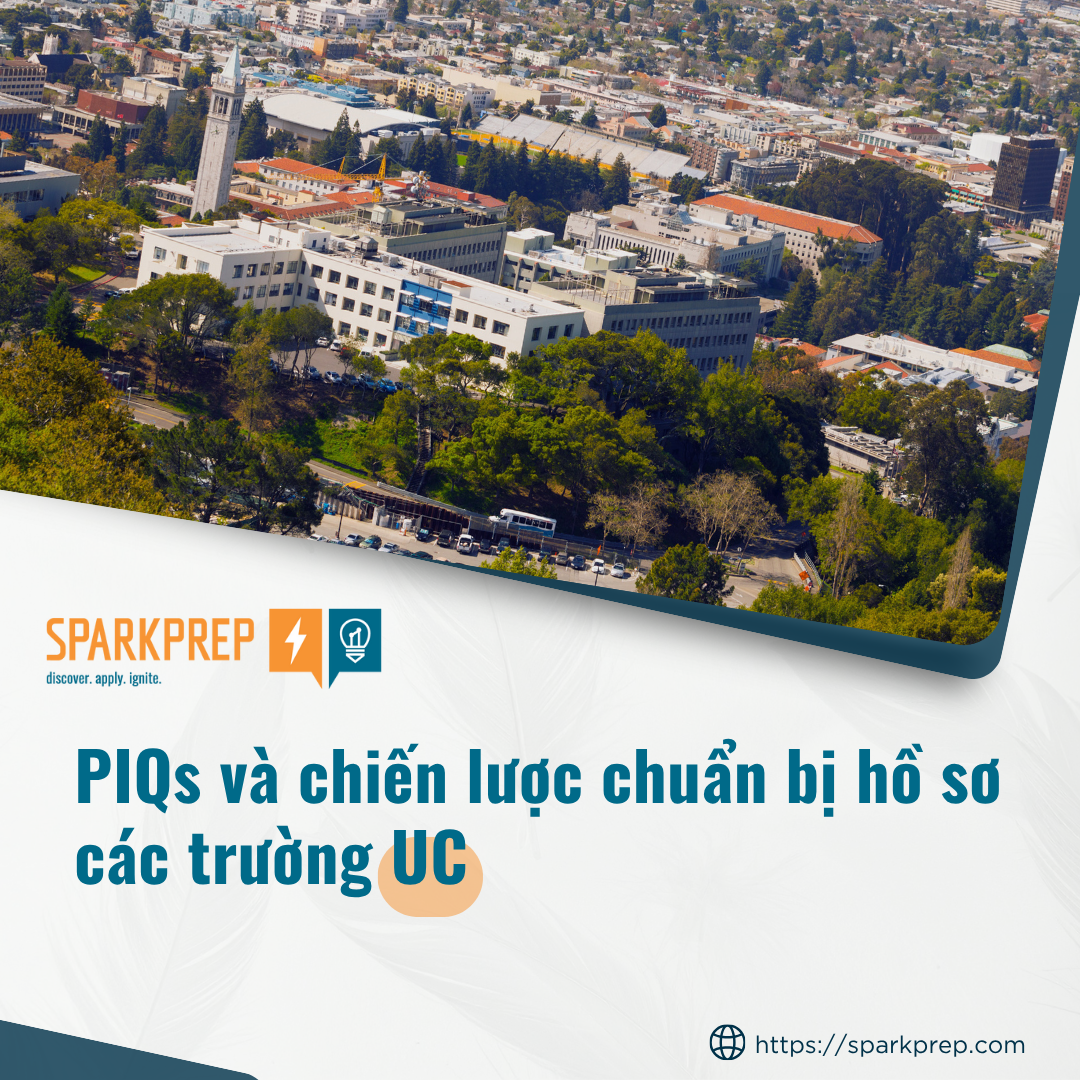If you're standing at a crossroads in your career and considering pursuing a graduate degree, you've likely come across the terms MBA and EMBA. But in the midst of a sea of online information, it’s not always easy to clearly understand: What’s the difference between an MBA and an EMBA? Who should pursue which one? And what’s new in 2025 that you should be aware of?
This article will help you clearly distinguish between MBA and EMBA programs, while also updating you on the latest trends from top global business schools so you can make the right decision for yourself.
An MBA (Master of Business Administration) is a graduate program in business management that typically lasts 1 to 2 years. It’s ideal for individuals who are at the early or mid-stage of their careers – especially if you want to:
Switch industries, for example, from engineering to business;
Move up from a specialist role to a management position;
Expand your international career opportunities.
Most MBA programs require full-time study, which means you may need to pause your job to focus on school. However, 2025 marks a significant rise in hybrid MBA programs – combining online and on-campus learning – from top schools like Harvard, INSEAD, and London Business School. This allows students to access high-quality education with more flexibility.
📌 Latest highlight: In the 2025 US News MBA rankings, Wharton School took the #1 spot in the U.S., surpassing both Stanford and Harvard – a signal that top schools are actively competing on teaching quality and innovation.
An EMBA (Executive MBA) is designed for professionals with 8–20 years of work experience who are already in mid- or senior-level management roles. It’s not for fresh graduates or those looking to switch fields. Instead, EMBA programs help you:
Strengthen strategic leadership skills;
Develop executive-level decision-making and business thinking;
Learn from a network of experienced leaders across industries.
Unlike MBA programs, EMBAs typically take place on weekends or in monthly modules, allowing participants to work while studying. A key trend in 2025 is the shift toward hybrid EMBA programs. For example, Fox School of Business (Temple University) now offers a format with 8 in-person modules and 8 online – optimizing schedules for busy professionals.
📌 Emerging trend: According to the 2024 Financial Times EMBA rankings, over 40% of EMBA students aged 40–54 started their own ventures during or after the program. CEIBS (China Europe International Business School) in Shanghai now leads the global EMBA rankings, showing the growing prominence of Asian institutions.
| Criteria | MBA | EMBA |
|---|---|---|
| Work Experience | 2–6 years | 8–20 years |
| Main Goal | Career switch, acceleration | Leadership development, C-level preparation |
| Learning Format | Full-time or part-time | Weekends or flexible modules |
| Program Duration | 12–24 months | 18–24 months |
| Funding | Self-funded, scholarships | Often company-sponsored (partial or full) |
| Networking | Younger professionals, diverse international cohort | Senior professionals from multiple industries |
| Startup Rate Post-Graduation | Moderate | Rapidly increasing (especially ages 40–54) |
| Latest Trends (2024–2025) | Rise of hybrid programs, Wharton #1 MBA ranking | Hybrid expansion, CEIBS leads global EMBA rankings |
Both the MBA and EMBA are valuable investments – but the right one for you depends on where you are in your career journey.
Choose an MBA if you're looking to pivot, break through, or fast-track your career in its early to mid stages.
Choose an EMBA if you're already a manager aiming to strengthen your executive presence and broaden your leadership impact.
Choosing a program isn’t just an academic decision – it’s a personal commitment to your long-term goals, time, energy, and financial resources.
If you need personalized advice on school selection, application preparation, scholarships, or career planning, I’m always here to support you in making the most informed and confident choice.
This article references insights from: Times Higher Education – MBA vs EMBA
 Demonstrated Interest: A Hidden Advantage in Your College Application
Demonstrated Interest: A Hidden Advantage in Your College Application
Learn how Demonstrated Interest can strengthen your college application. Spark Prep shares practical strategies to show genuine engagement and stand out at schools that value applicant interest.
Read more Regular Decision: Smart Strategies to Maximize Your College Admissions Chances
Regular Decision: Smart Strategies to Maximize Your College Admissions Chances
Regular Decision gives students a chance to update their profile, expand school options, and strategically strengthen their applications after EA/ED to maximize admission outcomes.
Read more Inside the UC Admissions Review: How to Maximize Your PIQs and Stand Out
Inside the UC Admissions Review: How to Maximize Your PIQs and Stand Out
Discover insider insights into UC’s holistic review process, from the 13 evaluation criteria to strategic PIQ writing. Learn how to highlight your context, values, and growth to stand out.
Read more Scholarships vs Financial Aid in U.S. Admissions: What Families Must Know?
Scholarships vs Financial Aid in U.S. Admissions: What Families Must Know?
Sticker price isn’t the final cost families pay for U.S. colleges. This guide explains the difference between scholarships and need-based aid and help families save more.
Read more Understanding College Financial Aid Offers: A Guide to Navigating Them
Understanding College Financial Aid Offers: A Guide to Navigating Them
As U.S. college costs rise, understanding financial aid offers is crucial for making affordable decisions. Discover key insights about financial aid with Spark Prep in this blog.
Read moreHanoi: 4th floor, 102-104 Lang Ha, Dong Da District
HCM: Toong Tan Hung, F16 Street No. 10 Him Lam Urban Area, Tan Hung Ward, District 7